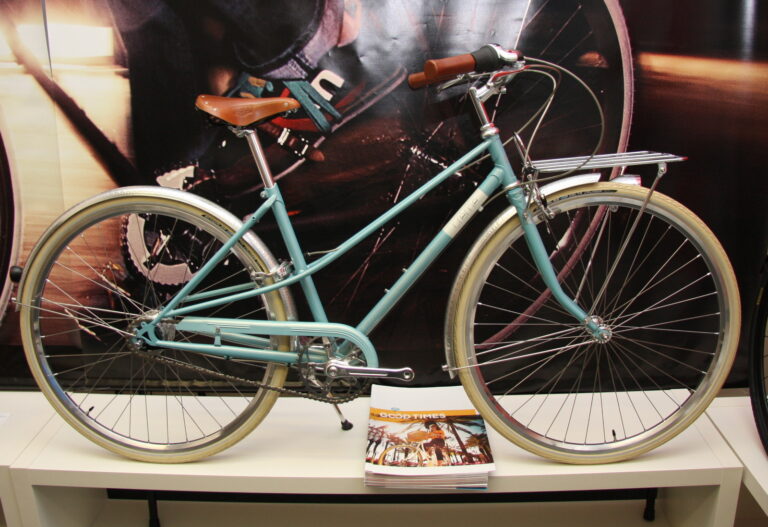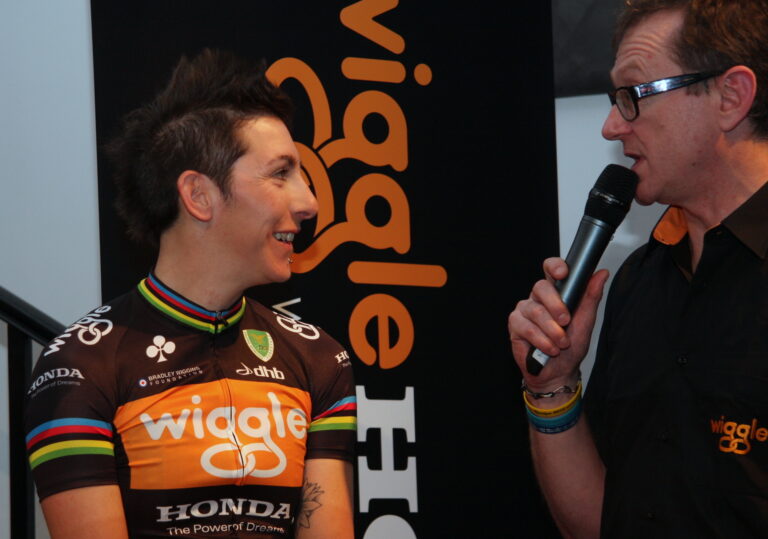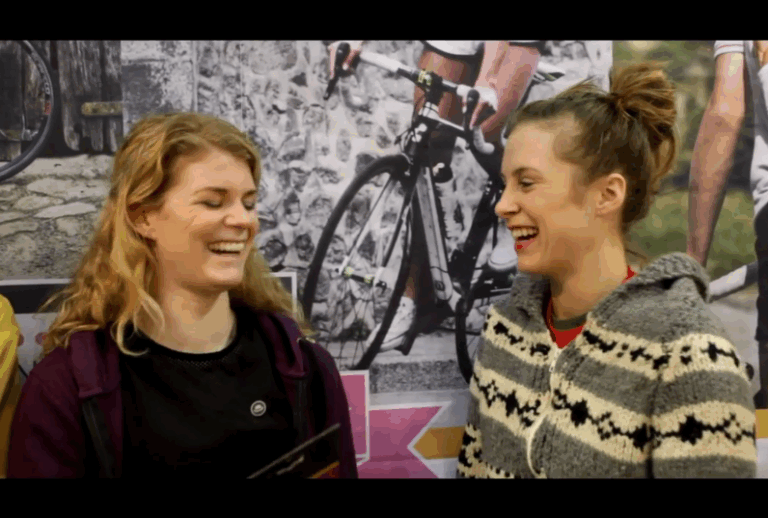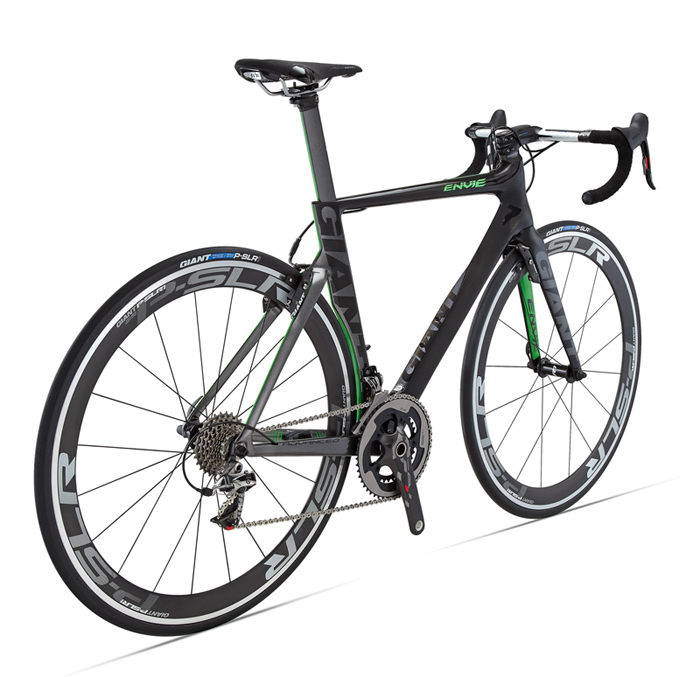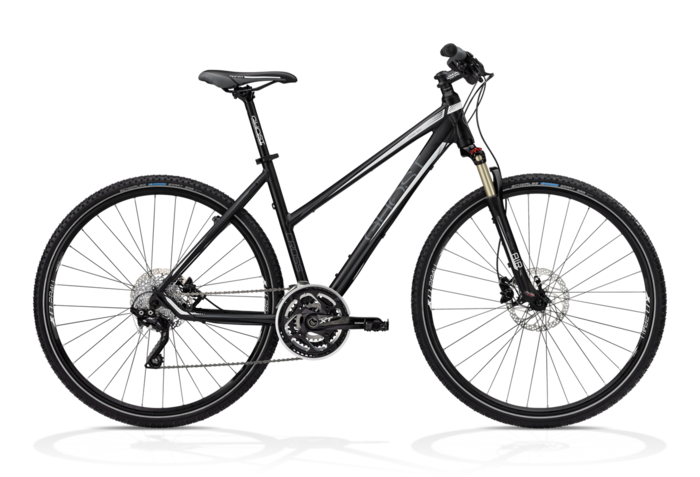Taking the plunge into road bikes can be daunting as spotty shop lads bombard you with incomprehensible jargon. Here’s the TotalWomensCycling.com plain-English guide to buying a road bike.
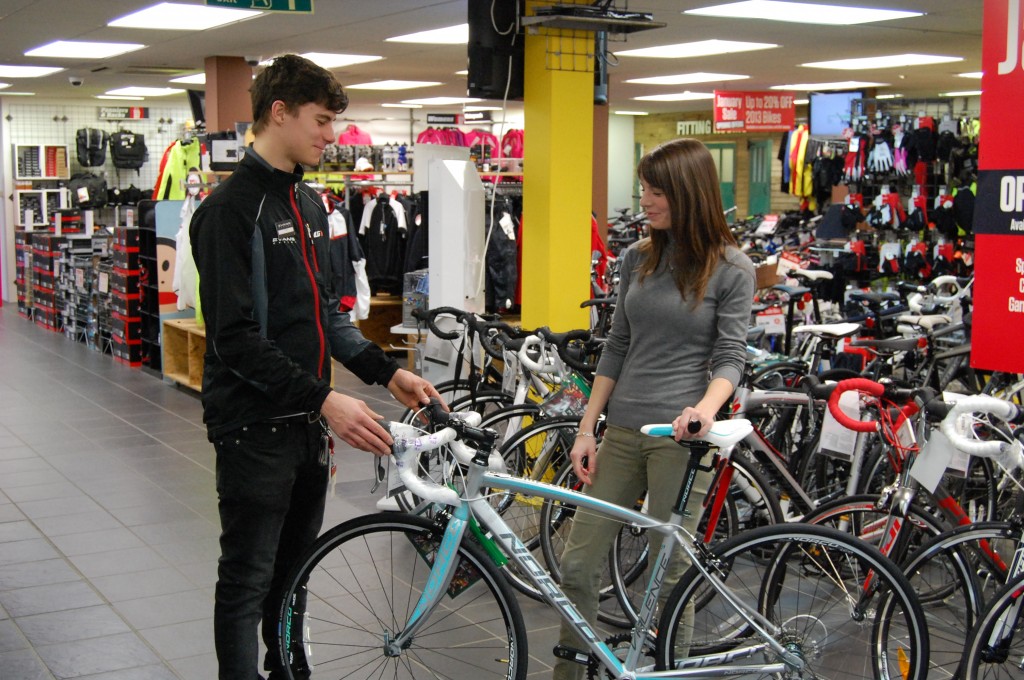
Perhaps spurred on by the success of the women’s Olympic cycling team this summer, more women than ever are now taking to two wheels. As well as being good for both heart and pocket, the fact is, cycling is simply good fun. Especially road cycling.
Spinning along country lanes on two wheels is a truly joyful experience and one best complemented with a stop for a scrummy afternoon tea. However, the one thing guaranteed to reduce the joy factor is an uncomfortable bike. Here we offer a quick guide to buying a road bike that will have you smiling from bike ride start to finish.
Functionality
Nowadays there is almost a type of bike for every day of the week, so you need to consider how you’re going to use your bike and search appropriately. If you’re planning some weekend road rides and maybe some commuting too then we’d recommend a proper road bike with drop handlebars. The alternative is a ‘hybrid’ with flat bars and the big wheels of a road bike, which can be used both on and off road (think canal towpaths not rocky singletrack). A hybrid may be suitable if you’re only planning short rides but the wider tyres and upright riding position will slow you down and be less comfortable on anything longer.
Fit
A good road bike is a work of art; sleek, light and designed for maximum speed. So, it follows that selecting a bike that fits the rider is key to getting the best out of the bicycle’s inherent design.
Road bikes are sized in centimetres, reflecting the seat tube length, from which you can approximate which size will be suitable for your height.
Although we’re all different shapes and sizes, most bicycle manufacturers base their designs around the concept that women are shorter than men; have longer legs, a shorter torso, shorter arms, narrower shoulders, and smaller hands. Women-specific road bikes will have geometry to reflect this, with shorter top tubes and narrower handlebars. This means when you sit on the bike and stretch for the bars they should be comfortably within reach.
It is possible to tweak a men’s road bike to suit a female rider, but generally this will be a more expensive option because of the need to invest in narrower and shallower handlebars.
Gone are the days of bike companies just shrinking a man’s bike, painting it pink and calling it a woman’s bike – with so many kit and style options to choose from now you’re unlikely to need to look past the women’s range to get your best bike.
The main thing you’re trying to overcome on a road bike is air resistance, and your main weapon is the aerodynamic forward-sloping riding position. To achieve this comfortably, the areas where you come into contact with the bike are most important.
Selecting a saddle is an individual choice, but a female-friendly saddle will usually be wider at the back, to make a more comfortable perch for a woman’s wider sit bones, and softer and shorter at the front. Saddle position can be adjusted forward or back to help perfect the reach of the bike for you, and you may even want to slant the nose of the saddle slightly downwards to reduce pressure on your lady bits when you’re riding down in the drops.
Handlebars on a road bike should be matched in width to your shoulders, and most women’s-specific handlebars also have a shallower drop (distance from the top of the bars to the curved end) which not only makes manoeuvring around the bars more comfortable but also makes braking and changing gear easier and safer.
It’s also useful to have brake levers that can be adjusted inwards, so that you don’t have to reach so far when trying to grab the brakes (smaller hands equate to shorter fingers).
Finance
A decent women-specific road bike can cost anything from £450 to many thousands of pounds; what you spend depends on your budget and what you want your bike to do. For social riding and commuting a bike at the lower-end of the cost spectrum will be fine but if you want to go racing or just do long, fast rides, you might want to think about investing a little bit more.There’s an old adage that there’s no such thing as a fast bike, only a fast rider,but we’ve never met anyone who regretted getting a really nice bike, and they do get nicer rapidly between £500 and £1000.
Friends
When it comes to physically buying your bike, your local bike shop should be your first port of call for information and advice. Some bike shops run demo days where you can go and test out a range of bikes to get a feel for what suits you. Building a good relationship with the staff at your local shop should also stand you in good stead when the bike needs servicing or upgrading and many shops are so keen to encourage women into cycling that they offer great deals on women’s kit (currently women in cycling are outnumbered by men three to one).
Go-faster stripes
The majority of women’s road bikes are built from aluminium as it’s light and cheap to manufacture. More expensive bikes are made of carbon fibre, which is superlight and stiff, the equivalent of go-faster stripes.
However, a featherlight frame doesn’t guarantee speed; the wheels on a road bike can weigh it down or make it fly. So, if you like the look of a bike, ask what the shop staff think of the wheels, and if they’re on the heavy side, see if your friendly bike shop chap will upgrade you to lighter hoops.
Once you’ve selected your bike and wheels, the other key consideration is the gears. There are three common gear set-ups on road bikes. A ‘standard’ double chainset has two large rings at the front (usually with 53 and 39 teeth); a ‘compact’ double chainset has two smaller rings (with 50 and 34 teeth), and a triple has three rings. The bigger the chainring, the higher and harder the gear.
Standard gears are for racing really as they allow you to put maximum power through massive gears. If you’re intending to follow in the footsteps of the Tour de France up some ‘HC’ climbs (the hardest ones!) then a triple is the way forward as you have more choice of smaller gears (granny ring all the way). A compact chainset should be fine for any kind of riding in the UK, whether racing or just having fun.
And finally
Once you’ve selected your perfect lady’s bicycle you’re free to explore the countryside in both comfort and style. Don’t forget your helmet, lights and high visibility jacket – it’s always safer to be seen on the roads. And if that doesn’t convince you, then let me add that bright colours are proven to appear faster than dark colours (I read it on the Internet so it must be true…).

